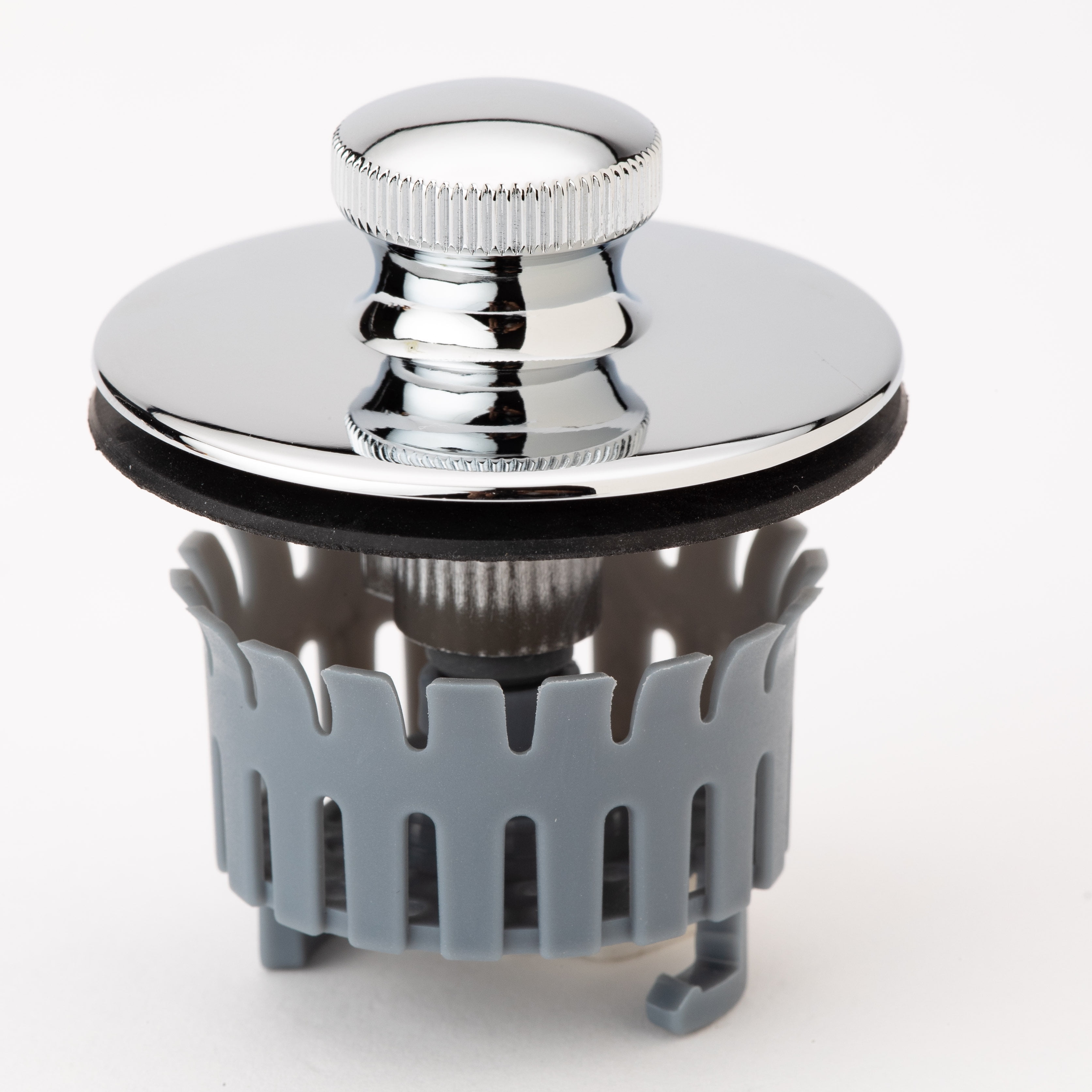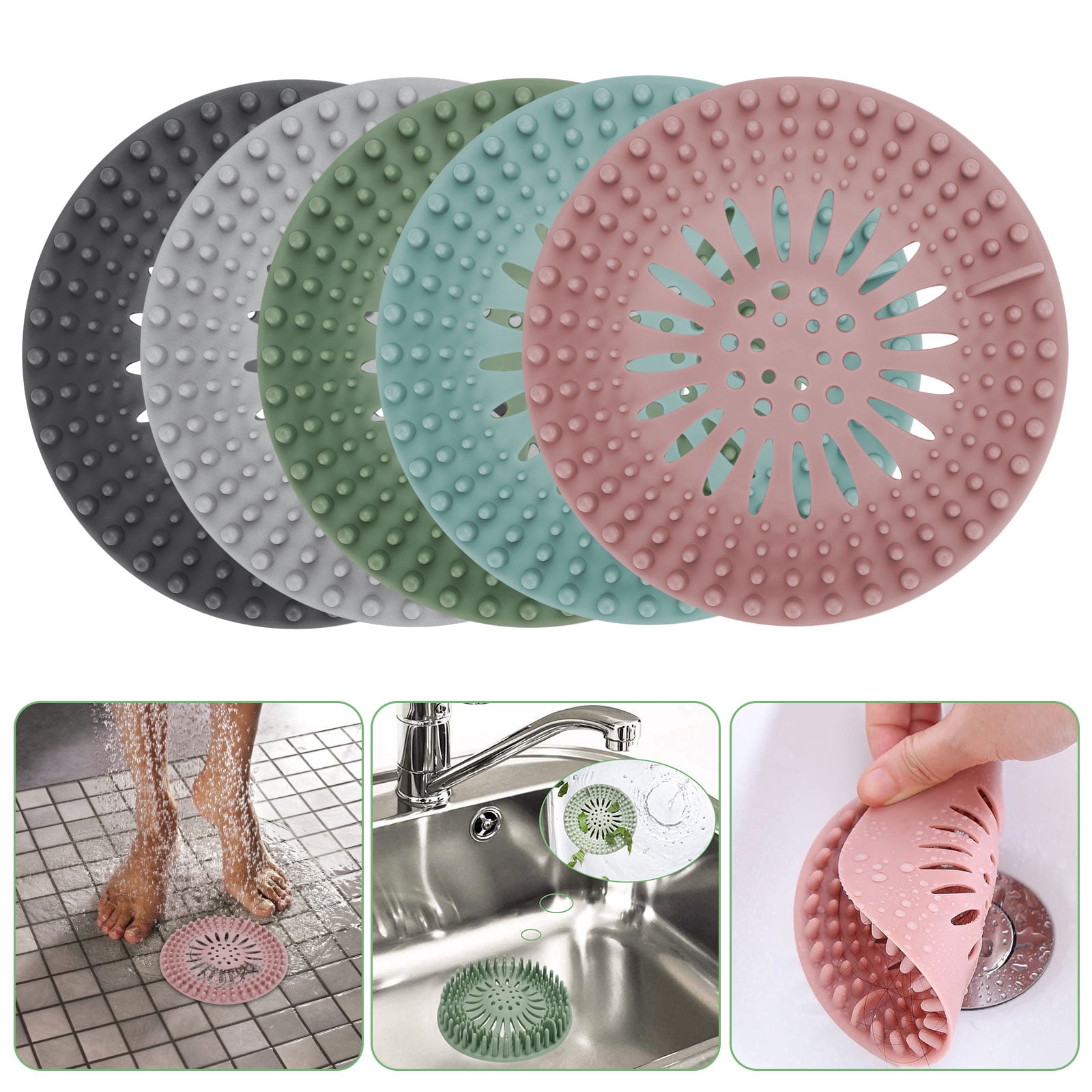Sink Drain Screen Types

Bathroom sink drain screens come in various types, each with its own unique features and benefits. Understanding the different types available will help you choose the most suitable option for your bathroom needs.
Maintaining a clean and functioning bathroom sink is essential for a pleasant experience. A crucial aspect of this is the bathroom sink drain screen, which prevents hair, soap scum, and other debris from clogging the drain. Understanding the bathroom sink drain size is vital to ensure the proper fit and effectiveness of the drain screen.
By selecting a screen that matches the drain size, you can effectively prevent blockages and keep your bathroom sink flowing smoothly.
Here’s a comprehensive table outlining the four main types of bathroom sink drain screens, along with their material, size, and key features:
| Screen Type | Material | Size | Features |
|---|---|---|---|
| Mesh Screen | Stainless steel, plastic | 2-4 inches | – Fine mesh captures small particles and hair – Durable and easy to clean |
| Basket Screen | Metal, plastic, silicone | 2-6 inches | – Cup-shaped design catches debris – Removable for easy cleaning – Can be used with or without a stopper |
| Pop-Up Screen | Brass, stainless steel | 1-2 inches | – Fits snugly into the drain hole – Opens and closes with a push-button – Prevents hair and debris from clogging the drain |
| Strainer Screen | Plastic, rubber | 3-5 inches | – Large surface area for catching debris – Flexible and fits most sink drains – Disposable for easy maintenance |
Benefits of Using Sink Drain Screens

Bathroom sink drain screens offer numerous benefits that can help maintain the functionality and longevity of your plumbing system. These screens act as barriers, preventing hair, soap scum, and other debris from entering and clogging the drain.
Research indicates that drain screens effectively reduce the frequency of clogs by up to 90%. They also help prevent the buildup of bacteria and mold in the drain, which can lead to unpleasant odors and health hazards.
Cost Savings
Using sink drain screens can save you money in the long run. By preventing clogs, you reduce the need for expensive plumbing services or drain cleaning chemicals.
Convenience
Drain screens are easy to install and remove, making it convenient to clean them regularly. This helps maintain a hygienic and clog-free drain.
Environmental Benefits
Drain screens contribute to environmental sustainability by preventing debris from entering waterways. These materials can harm aquatic life and disrupt ecosystems.
Sink Drain Screen Maintenance: Bathroom Sink Drain Screen

Sink drain screens are essential for preventing clogs and keeping your bathroom sink running smoothly. However, they can become clogged over time, so it’s important to clean and maintain them regularly.
Here are the steps on how to clean and maintain bathroom sink drain screens:
Step 1: Remove the drain screen
The first step is to remove the drain screen. This can usually be done by hand, but you may need to use a pair of pliers if it’s stuck.
Step 2: Clean the drain screen, Bathroom sink drain screen
Once the drain screen is removed, you can clean it using a toothbrush or a sponge. Be sure to remove any hair, soap scum, or other debris that may be clogging the screen.
Step 3: Rinse the drain screen
Once the drain screen is clean, rinse it thoroughly with water. This will help to remove any remaining debris and ensure that the screen is working properly.
Step 4: Reinstall the drain screen
Once the drain screen is clean and rinsed, you can reinstall it. Be sure to push the screen firmly into place so that it creates a tight seal.
Tips for preventing clogs and extending the lifespan of sink drain screens
- Clean your sink drain screen regularly. This will help to prevent clogs and keep your sink running smoothly.
- Use a hair catcher in your sink. This will help to catch hair before it can get into the drain and clog the screen.
- Avoid pouring grease or oil down your sink. These substances can solidify and clog the drain screen.
- If you do pour grease or oil down your sink, be sure to run hot water down the drain for several minutes to help dissolve the grease.
A bathroom sink drain screen is a small but important device that can help keep your sink smelling fresh. By catching hair, soap scum, and other debris, a drain screen can prevent these materials from building up and causing odors.
If you’re experiencing a bad smell coming from your bathroom sink, one of the first things you should check is the drain screen. If it’s clogged, simply remove it and clean it with soap and water. You can also try pouring a cup of baking soda down the drain, followed by a cup of vinegar.
This will help to deodorize the drain and remove any lingering odors. For more tips on how to eliminate bathroom sink smells, visit my bathroom sink smells.